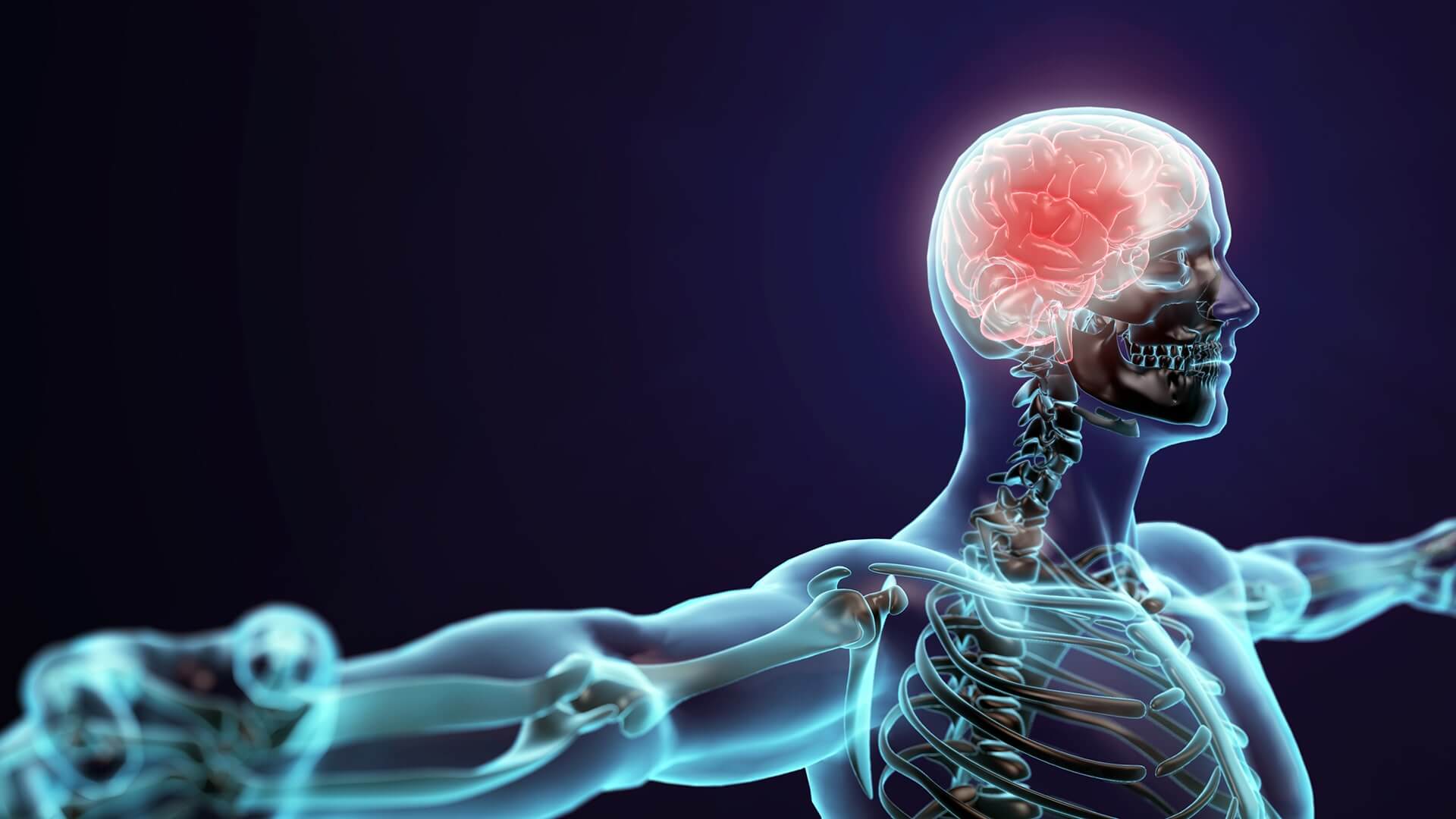What is muscle memory?
"Muscle memory refers to growing muscle more efficiently/faster after a period of detraining/atrophy than before. So if you’ve had bigger muscles in the past, it will help you to grow them big again at a later point in time."
The big question: do anabolic steroids increase muscle memory? @PeterBond examines the research to find the answer:

 thinksteroids.com
thinksteroids.com
View: https://twitter.com/thinksteroids/status/1462527567248900099
"Muscle memory refers to growing muscle more efficiently/faster after a period of detraining/atrophy than before. So if you’ve had bigger muscles in the past, it will help you to grow them big again at a later point in time."
The big question: do anabolic steroids increase muscle memory? @PeterBond examines the research to find the answer:

Anabolic Steroids and Muscle Memory
Muscle memory refers to growing muscle more efficiently/faster after a period of detraining/atrophy than before. So if you’ve had bigger muscles in the
 thinksteroids.com
thinksteroids.com
View: https://twitter.com/thinksteroids/status/1462527567248900099

